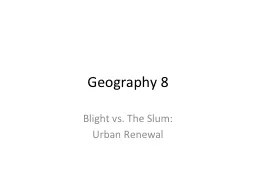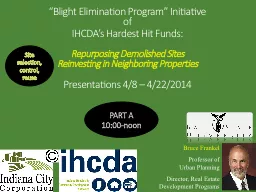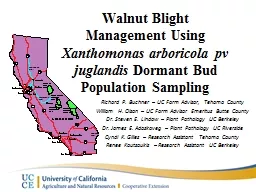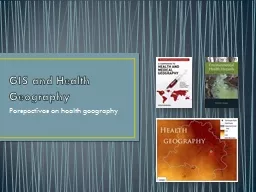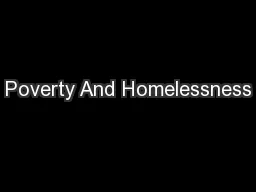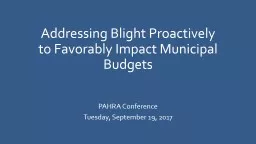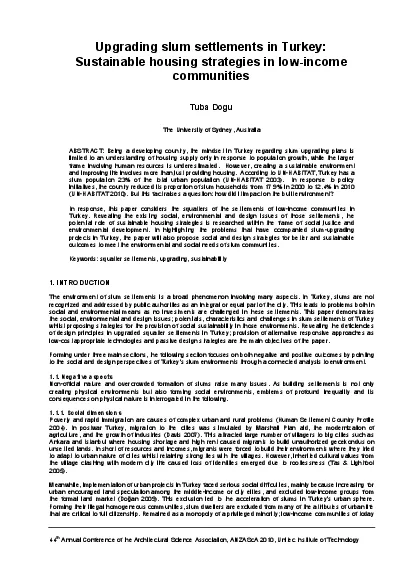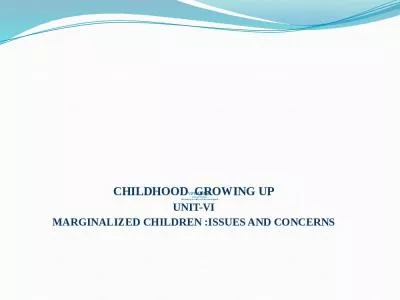PPT-Geography 8 Blight vs. The Slum:
Author : liane-varnes | Published Date : 2018-03-12
Urban Renewal Keywords Slum SpatialStructural mismatch Neighborhood effects culture of poverty Public housing Pruitt Igoe CabriniGreen Section8 HOPE VI Community
Presentation Embed Code
Download Presentation
Download Presentation The PPT/PDF document "Geography 8 Blight vs. The Slum:" is the property of its rightful owner. Permission is granted to download and print the materials on this website for personal, non-commercial use only, and to display it on your personal computer provided you do not modify the materials and that you retain all copyright notices contained in the materials. By downloading content from our website, you accept the terms of this agreement.
Geography 8 Blight vs. The Slum:: Transcript
Download Rules Of Document
"Geography 8 Blight vs. The Slum:"The content belongs to its owner. You may download and print it for personal use, without modification, and keep all copyright notices. By downloading, you agree to these terms.
Related Documents

